What is eye drops?
The new technologies and the rhythm of life that we lead, have elevated in the last decades the consumption of eye drops for the treatment of eye problems. Often after many hours in front of the computer, we noticed the tired eyes and even with that feeling of grit so annoying. This blog that we have entitled, What is eye drops? , is committed to inform you about this type of preparations, its uses, benefits and contraindications. Let's not waste any more time and we'll start!
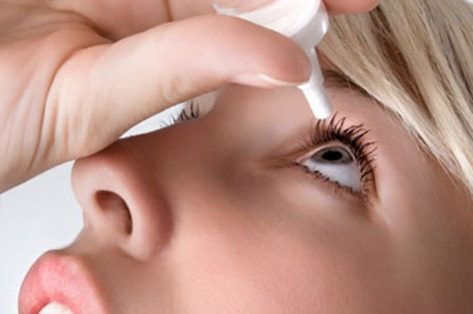
What is a eye drop?
An eye drop is a medicine with a liquid formulation, whose application is dosed by dropper . Then the eye drop is the way to apply or administer the medication, starting from this base there are many eye drops.
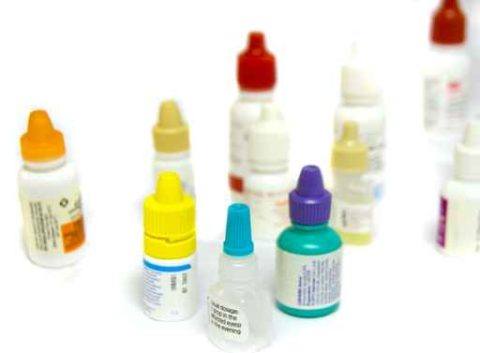
Those labeled in addition to the caps of the eyeglass bottles follow a color code so that the identification of the drug is much faster. There are 3 color categories and they are:
- Red: Prepared to dilate the pupil.
- Green : Prepared to they contract the pupil.
- Yellow : Preparation of anesthetic drops.
These are the really important colors, surely we see plugs in other colors, roses, whites, etc. These eye drops are intended for eye wetting , are usually saline sera, without side effects.
Types of eye drops
Eye drops are used to treat the eye discomforts we suffer, both the minor discomforts and the most serious and important pathologies. Being able to include any type of medication such as antibiotics and these can be controlled by prescription, we can distinguish two types of eye drops, the that are administered without a prescription and those that are recited with a prescription.
Eye drops without a prescription
As we have already mentioned, our way of life, spending so much time in front of a computer screen, mobile , television, etc., does not cause different eye discomforts, the most frequent of all are dry eyes or red eyes.

Feeling sand inside the eye or a sensation of itching or stinging are clear symptoms of a dry eye . It is not a serious problem but if you have to treat it and of course, try to prevent it from happening again.The exposure time or the intensity in the exposure will determine the degree of illness.
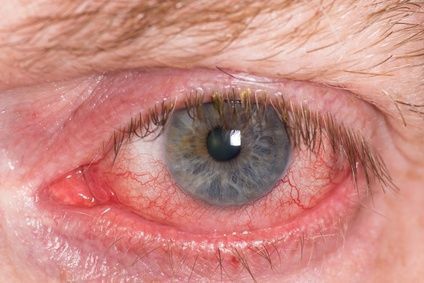
They are the drops that we use in the Spring periods, when the allergy begins to wreak havoc and our eyes start to cry and acquire that red coloration.
- Eye Drops for Dry Eyes
These are known as artificial tears , drops that will provide our eyes with the necessary moisture . The excessive or abusive use of televisions, tablets, mobiles and computers, causes a lack of blinking in the eyes, if our eyes do not receive the water supply that the flicker provides, it dries.
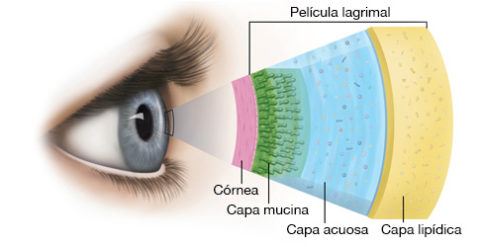
However, not only being in front of a screen for a long time causes dry eyes, but also another factor to take into account is age . As we go into years both the quantity and the quality of our natural tears begin to shrink, so it has become a daily solution for many elderly people.
Eye drops with a prescription
Eye drops can also be the best allies for the treatment of different infections or inflammations that need treatment to prevent further damage and be able to damage our eyesight. In this spectrum are the eye drops whose content is formed by an antibiotic solution. These eye drops are effective against viruses and bacteria.
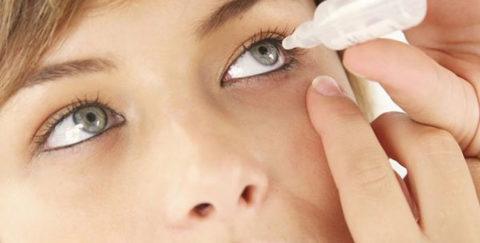
For its antibiotic content and steroids, these eye drops need medical prescription to be able to withdraw them from the pharmacies since they require of a control and supervision of a specialist in ophthalmology, they are very effective eye drops in treatments like the conjunctivitis produced by bacteria.
The most commonly used eye drops with antibiotic content are:
- Bactericides , eliminate infections caused by bacteria
- Bacteriostats , prevent the proliferation of bacteria but does not eliminate them
- Combined antibiotics , these also include antibiotics combine with asteroids and other types of medicines. The advantage of eye drops is that thanks to its dosage form it is achieved that the medication p Enetre perfectly inside the eye, through the tear will be distributed medication and blink, will end up distributing it around the eyeball, there is no better way to get to the inside of the eyes than through eye drops.
Composition of eye drops
Before entering the scientific home of eye drops it is essential to talk to you of the components that form it. Thus, eye drops are formed by:
- Base solution or vehicle used
- Active principle of eye drops
- Antimicrobial agents
- Tonicity regulating agents
- pH regulating agents
- Viscous agents
Most frequent use of eye drops
After checking the composition of the eye drops it is necessary to indicate the possibilities offered by the product. As it is a product with a large number of active ingredients, its indications are very varied.This type of preparations are usually used by people who wear contact lenses and need to avoid eye dryness or fatigue caused by excessive wear of our eyes.
It is very important that the eye drops , whatever their function, they are properly sterilized to avoid any ocular complication. This is because the eyes are really sensitive areas and any eye drops in a defective or poorly sterilized state could cause long-term problems.
People who use eye drops should consider a series of precautions, since These preparations can be easily contaminated and, in this way, harm the eye where they are supplied. Bear in mind the use of reasoning, our visual health is at stake.
Below we will have some basic guidelines hygiene to find the product in perfect condition, both for conservation and for our cherished eyes.
How to apply eye drops
First, eye drops should not be handled with dirty hands , but it is essential to wash your hands before applying any of these ophthalmic fluids to avoid bacteria or any problems caused.
strong>.Ade more, it is important that the tip of the container containing the preparation has no contact with any surface at any time. On the other hand, to make the application of these medicines easier, lower the lower eyelid with your fingers and introduce the drops of eye drops into the eye. Also, it is advisable to tilt the head back slightly to facilitate the placement.
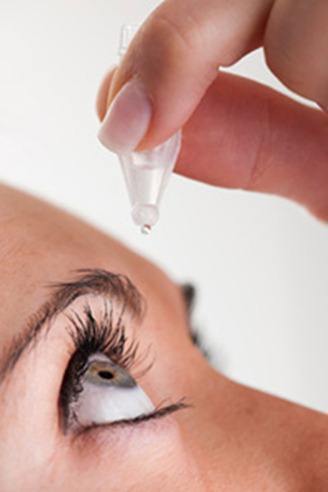
On the other hand, it is important to consider that eye drops should not be shared between patients and in turn the container should be kept properly closed in one place dry and fresh.
As we can see we have all the necessary data to make a global assessment of this product. Do not forget to use eye drops with caution as it is not a video game console. Well-being is the most important thing.
We leave you a video that will surely clear any doubts that may have arisen.
Side effects of eye drops
All medications have a risk of suffering some type of side effects, these may be minor, may be limited to a simple allergic reaction.
Minor side effects
In case of suffering minor side effects, these may be of the tingling type, metallic taste in the mouth or blurred vision. They are usually an allergic reaction to some type of drug composition. If this allergy is difficult to breathe, we would be talking about a severe allergy and requires immediate medical intervention.
Appearance of Cataracts
When for the type of ailment that we suffer, we are forced to use eye drops with steroids, the possibility of side effects multiplies, these being of a much more serious and important nature. The risk increases when it comes to its use for a prolonged period of time.
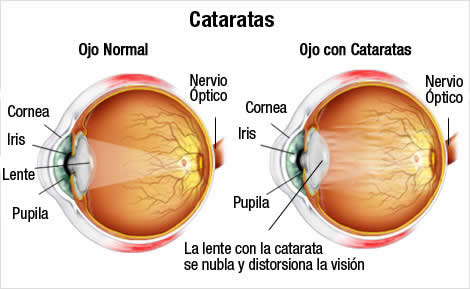
One of the most important side effects and that only affects a very small percentage of the population, is the risk of suffering subsequent subcapsular cataracts.This disease is characterized by damage to the optic nerve, as long as it is detected early, treatment can be interrupted or another drug can be added to reduce eye pressure. If this pressure increase is not detected early, it can lead to permanent vision loss.
You may also be interested:
Today we have learned more about eye drops, their types, uses, benefits and side effects. Now, we know when we should use them and for what conditions. In BlogMedicina , we want to show you everything in terms of medication and treatments, science makes available to us, which is why we wanted to highlight the following links:
- Immunosuppressive drugs
- Cataracts What are your symptoms?


